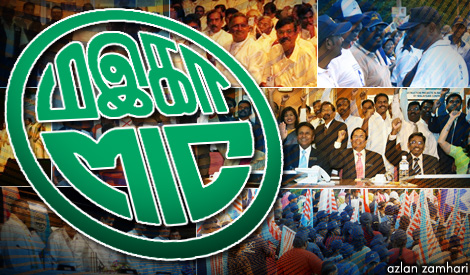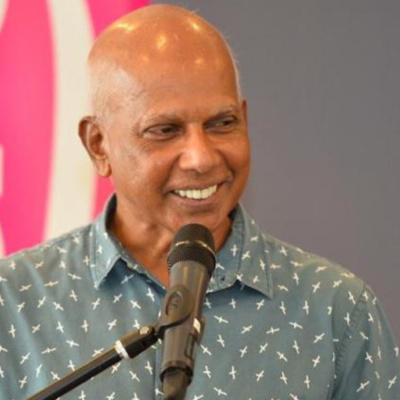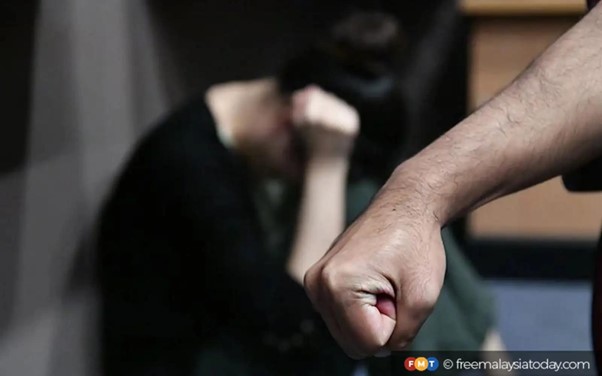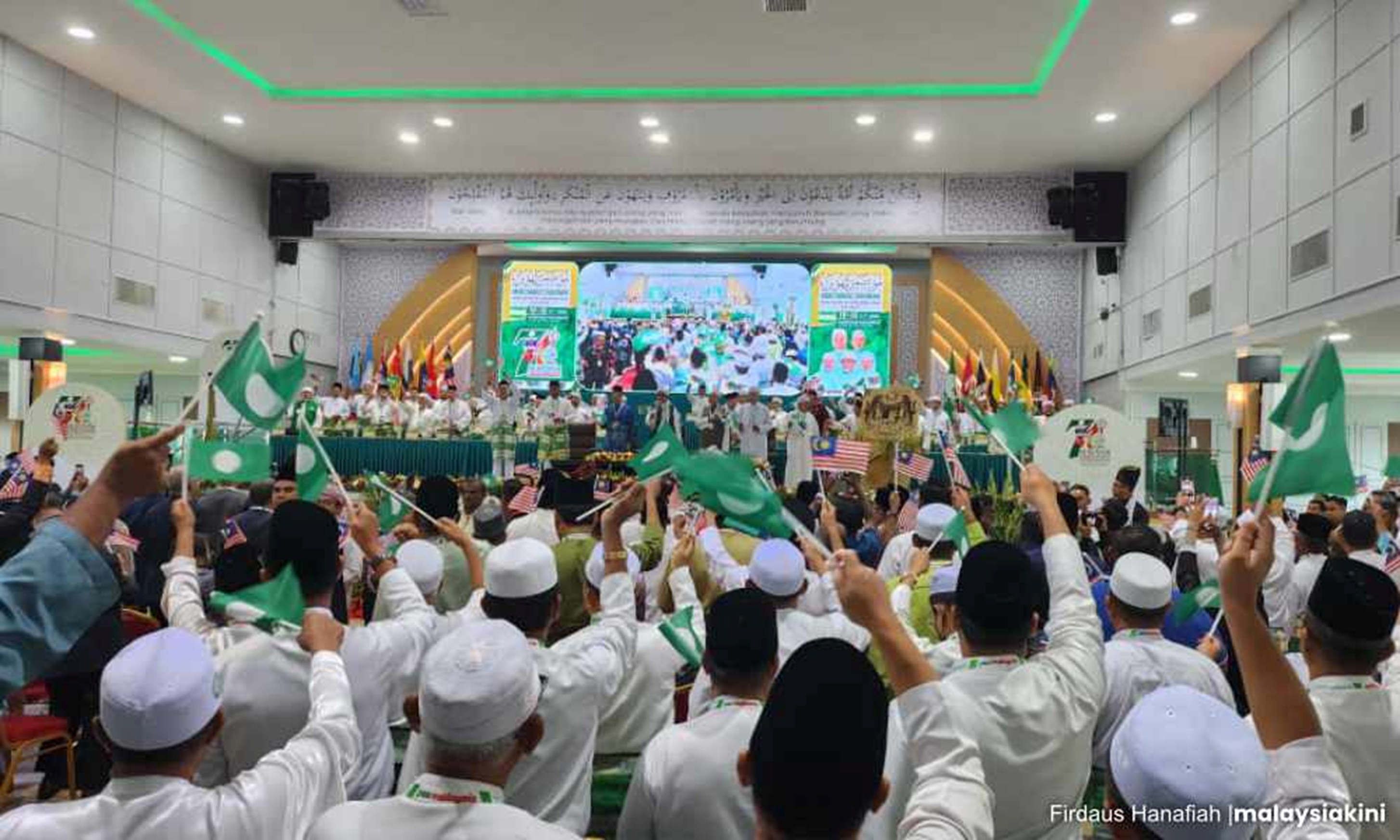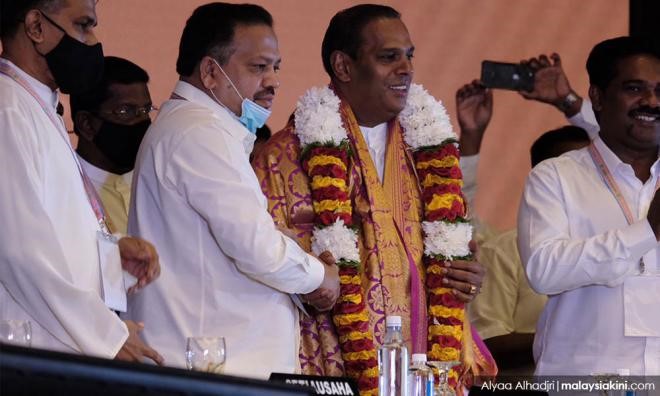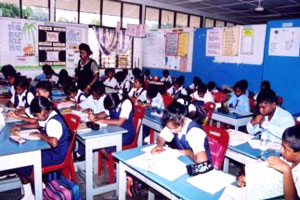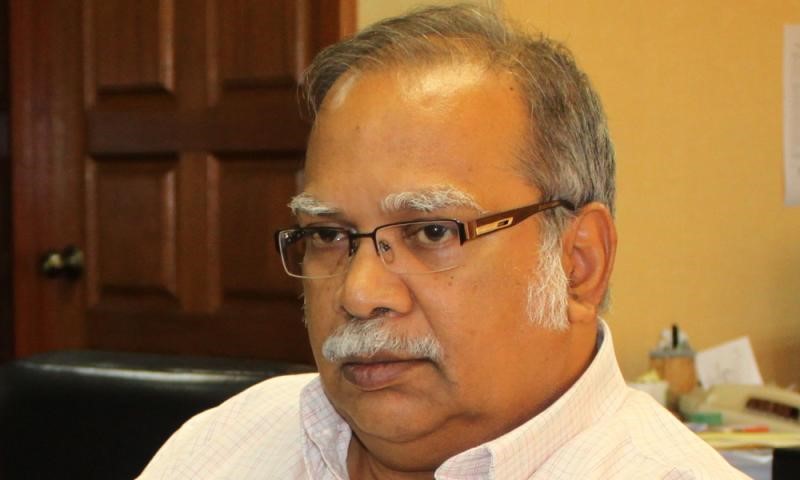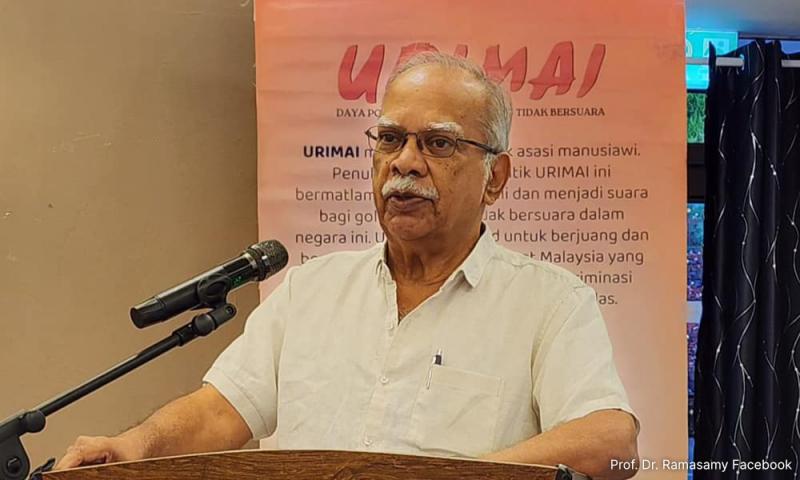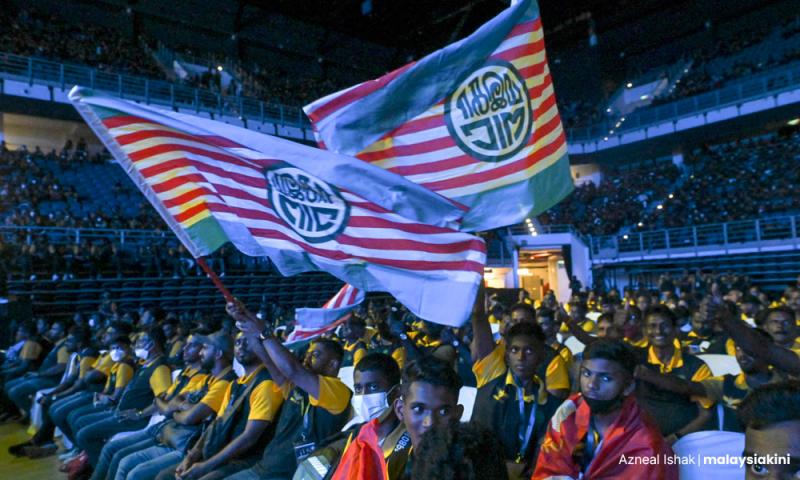-S. Gobinath, November 17, 2016.
 The UPSR results have been announced.
The UPSR results have been announced.
While students from other schools prepare themselves to enter Form 1, students from SJK(T) and SJK(C )will now have to decide if they are going to be enrolled directly into Form 1 or there is a need to attend remove classes for a year. Of course, the answer is apparent from your Bahasa Melayu grades in UPSR.
Students who fail in their BM paper will have to spend a year in these classes while their friends who have fared well in the same paper, continue to step into Form 1. Does spending one whole academic year in the remove classes ensure increased language proficiency and usage among these students?
Next, those who enter into Form 1 directly, how many of them are able to cope up with the syllabus especially in subjects like History and Komponen Sastera (Komsas) and maintain their exam results just like they were in Primary?
Not many.
According to an article in Free Malaysia Today by former DAP Senator S Ramakrishnan a few years ago, there is a huge number of dropouts in remove classes, and a case study by the national Panitia Bahasa Melayu for ‘Rancangan Strategik Unit Kukurikulum BM 2013-2015′ shows that most number of students who fail in the BM paper in SPM are from vernacular schools.
Language is a barrier and let’s not forget, not obtaining at least a credit for these papers means you have failed SPM, the gateway to your tertiary education.
Tamil school students from all around the country have made it to international titles via Science and Invention/Innovation-based competitions. We read about them almost every month. Thus, there is no doubt about their intelligence or world class capacity when it comes to applied knowledge. Yet, many of them admit that when it comes to BM and other subjects that rely heavily on BM; they struggle.
Get down to their roots – start early
Ever heard of the ‘critical age period’?
The critical age period hypothesis was introduced by neurologists in the late 1950s. It’s a subject of a long-standing debate in linguistics and language acquisition over the extent to which the ability to acquire language is biologically linked to age.
Although there are still many arguments in this, almost all the results denote that the best age for a child to absorb a second language is six to seven if not earlier. That’s the age where our students enter into Year One of their primary education.
If that is the case, why are we settling for easier/lighter syllabus for the Bahasa Melayu subject in Tamil schools? It Is their prime time to absorb linguistic skills and as mentioned earlier, these children excel even in international arena with the right exposure – why settle for less when it comes to learning the national language which is going to be a critical component throughout their schooling years?
I suggest restructuring the syllabus and following exactly the same syllabus as the one taught in National schools/Sekolah Kebangsaan. BM teachers must be non-Tamil speaking teachers with BM as their first option. Children can absorb knowledge or linguistic skills with sponge-like ease if the methods are right. This is the age where nothing is impossible until and unless we tell them that it’s going to be hard and overwhelming.
Let them be exposed to the same amount of vocabularies in BM as those who graduate from Sekolah Kebangsaan. Let them learn at par with others.
These students take BM papers of lower standards in UPSR, thus, obtaining an A in BM will not ensure that you can cope up with lessons carried out in secondary classes with heavy BM usage. Same amount of exposure and approach to BM from early age will increase their proficiency in both writing and speaking skills.
Thus, they will only learn History, Komsas, Geography, etc as theoretical subjects in secondary school without having to worry about understanding the language and its jargons in the first place.
Moreover, teachers in secondary schools, too, do not spend extra time explaining on subject content to students from vernacular schools just because they find the language complicated; they treat everyone in the class equally – with the same speed. Essay writing for the BM paper also takes a drastic leap in Form One compared to the ones they write to qualify for an A in primary school. Such radical changes can result in loss of interest and lead to truancy in high schools.
Age is surely not the only determining predictor when it comes to success in language terms but we cant deny that many of these students find it difficult to start learning BM in Form One. Hence, the need to start early. And that too with the right pedagogy. Request the Education Ministry to appoint Malay or Chinese teachers to teach BM in Tamil schools to ensure that the students are left with no choice but to communicate in BM only during the lessons.
Headmasters of Tamil schools must look into this matter seriously; as much as you aim to increase number of straight A students in UPSR, you must also aim to decrease or bring the number of students going to remove classes to zero.
Tamil is our mother tongue, it’s in our blood, learning to read and write in it should be a privilege that we enjoy thoroughly and never a hurdle that stops us from being well-equipped with national language requirements; learning BM in simpler format due to extra subjects.
Peralihan (remove) class – ineffective remedy for lack of BM proficiency
While many education experts have debated on this subject for many years now, my concern is as basic as, why ‘peralihan’ (remove) class? The word ‘peralihan’ itself sounds very discouraging, demotivating and negative. Leaves an impression as though you have been ‘dialihkan’ (removed) from the mainstream education system for not being bright enough to go with the flow. Why are we categorising our students in such a way if we mean to improve and better them?
The words that we use to address children are so crucial, it moulds their mindset, and in this scenario it gives them a sense of rejection/being sidelined.
Language is still a barrier by the time these students enroll in these classes. By 13, learners tend to rely on more formal learning ‘skills’ and ‘strategies’. Too much info and data have been stored in their brains that learning a new language is not so conducive unless in a very supportive environment.
Now they are left with non-Tamil speaking teachers to teach BM and this leaves them more frustrated than ever. The pressure of being left out by other friends also mounts. Looks like remove classes remove more positivity in a student instead of reinstalling their hope for a better journey the following year.
These classes must be revamped. While we aim for zero number of students enrolling in these classes, as long as the need is still there, these classes must be revamped to fully serve their purpose. Academic subjects and discipline must be handled hand in hand, teachers must also cater to their emotional health and provide sufficient counseling to keep their spirits growing.
Dropping out is another very critical consequence that results indirectly from the lack of this language proficiency. The Institute for Democratic and Economic Affairs (Ideas) has carried out an extensive research in July 2014 on dropouts and have come up with very disturbing results, extract from the paper;
“…secondly, most number of students drop out or leave the mainstream schooling system in the transition from primary to secondary school or at some point during their secondary education. Dropping out during secondary school is most common and is supported by the Ideas survey in which 95 percent of the sample of dropouts had completed their primary education and dropped out during secondary school.
“Thirdly, the Malaysian education system provides a unique challenge in that students from vernacular primary schools have to integrate into secondary schools taught in a completely different language (unless they attend a private Chinese secondary school following a primary education in Mandarin).
“It is widely noted in the literature that the language of instruction can influence the rate of dropouts and repetition of classes, and that these rates are lower if the language of instruction in early years is in both the student’s first and national language.”
Dropouts struggle to achieve and may find easy ways of survival via thugs, drug pushers, etc. Need I say more?
Lesson plans must be restructured in a way that remove classes become an effective, fully monitored transition to Form 1 and not just a hopeless alternative. These classes must be given equal priority by the Education Ministry and all efforts must be taken to focus on these weak students. Brainstorm with experts, parents and students themselves, identify your weaknesses and look for best methodology to overhaul the entire system before it’s too late.
Not all students suffer the same fate, we are speaking about the majority. If so many shortcomings can be curbed or at least partially solved via a changed syllabus in early education, lets’ not hesitate and go for it. Let’s expose our children to the same BM syllabus in National schools and see them graduating from secondary schools with flying colors without much struggle.
We respect the underlying reasons behind the current BM syllabus in SJK(T) and SJK(C), but it’s about time to change, we cannot afford to go on like this. We have to implement same syllabus if we don’t want them to suffer in secondary school.
I have the confidence that my Tamil school children can cope up (given the right mindset, resources and environment) despite having to learn Tamil language as an extra subject, it’s time for the educators and policy makers to have the same trust, too.
Transformation starts with education.
S GOPINATH is president of the Malaysian Indian Network of Entrepreneurs Association (1MINE).


